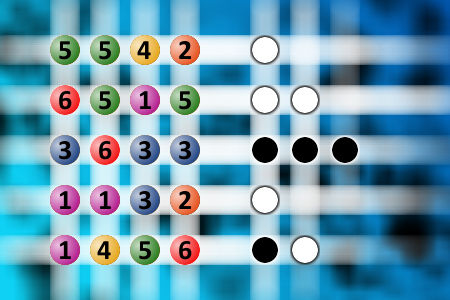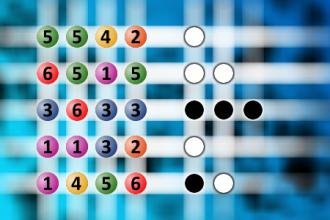Which is a winning combination of digits?
The computer chose a secret code (sequence of 4 digits from 1 to 6). Your goal is to find that code. Black circles indicate the number of hits on the right spot. White circles indicate the number of hits on the wrong spot.Correct answers: 5
#brainteasers #mastermind

Saving Life
A college physics professor was explaining a particularly complicated concept to his class when a pre-med student interrupted him.
"Why do we have to learn this stuff?" The young man blurted out.
"To save lives," the professor responded before continuing the lecture.
A few minutes later the student spoke up again. "So how does physics save lives?"
The professor stared at the student for a long time. "Physics saves lives," he said, "because it keeps the idiots out of medical school."

